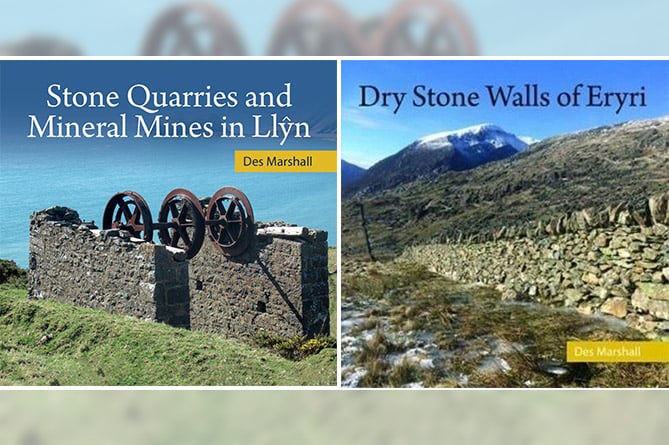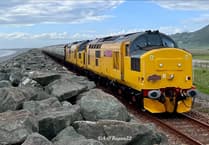As the dark nights draw in and temperatures drop, I’m finding I have more time to read.
Two books I’ve been meaning to pick up for a while are Stone Quarries and Mineral Mines in Llŷn and Dry Stone Walls of Eryri, both by Des Marshall.
From the early 19th century Llŷn became a noisy, busy and industrial area when large stone quarries started to make huge scars on the mountainsides.
Today, quarries are silent but their remains are testament to the struggle and sheer determination of the quarry workers. Many of the villages were built from the local stone as is evident from the many stone quarries both large and small.
Mining also developed as the years passed with lead, copper, manganese, barytes and jasper being discovered. Their mineral wealth has virtually been exhausted but their infrastructure remains.
Find out more about this in Stone Quarries and Mineral Mines in Llŷn.
Dry Stone Walls of Eryri asks how and why these walls evolved. Where did wall builders get all their stone to build the thousands of miles of walls? Why are there different styles of walls? Those questions are, hopefully, answered in this book.
In Eryri rocks that form walls are generally igneous (volcanic) in origin. Traditional dry stone walls provide a whole range of habitats for wildlife and plants. In reality, walls are a linear ecosystem and nature reserve in their own right, even having their own micro climate.
Both books are published by Gwasg Carreg Gwalch.

.jpeg?width=209&height=140&crop=209:145,smart&quality=75)


-(1).png?width=209&height=140&crop=209:145,smart&quality=75)